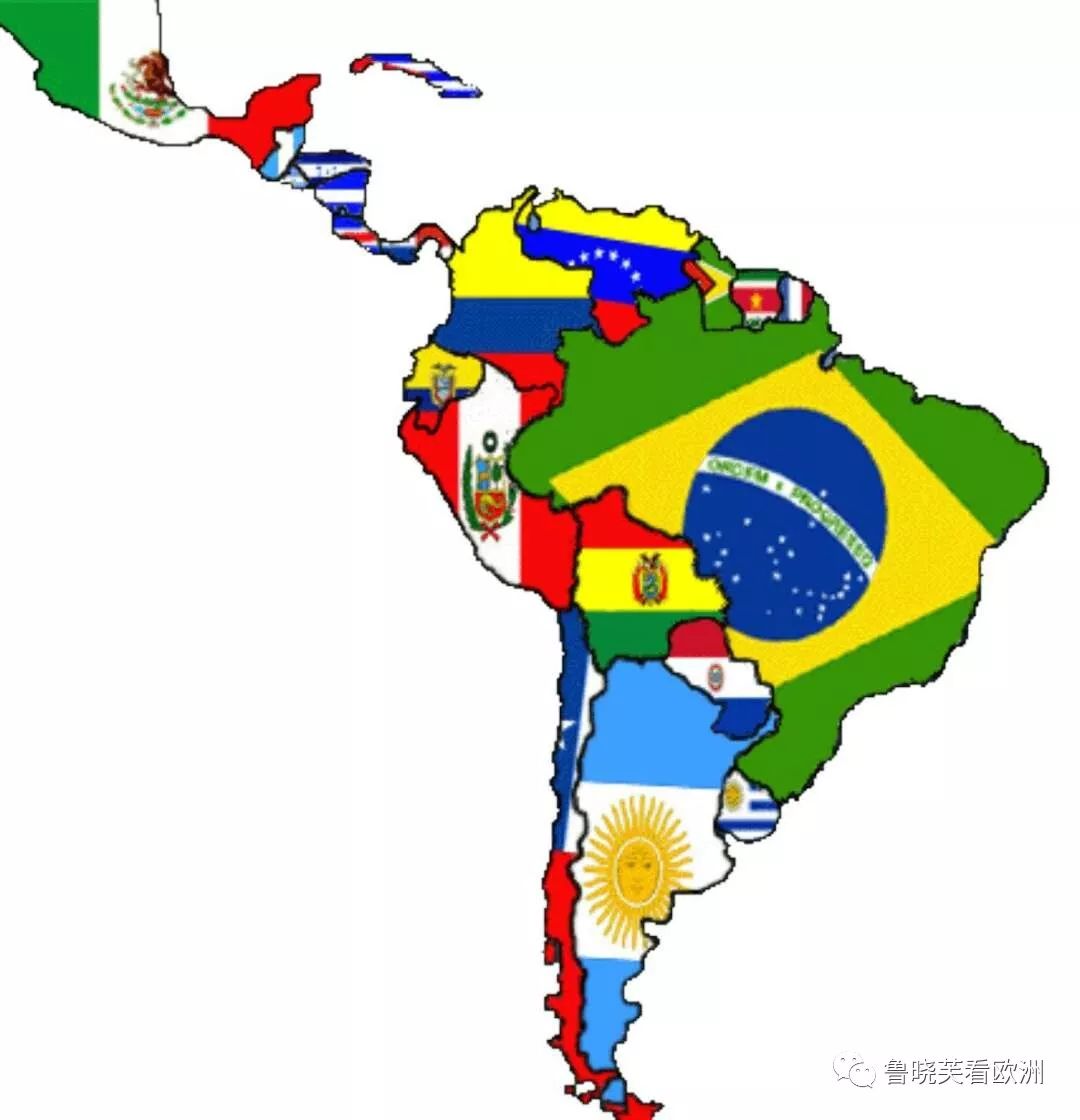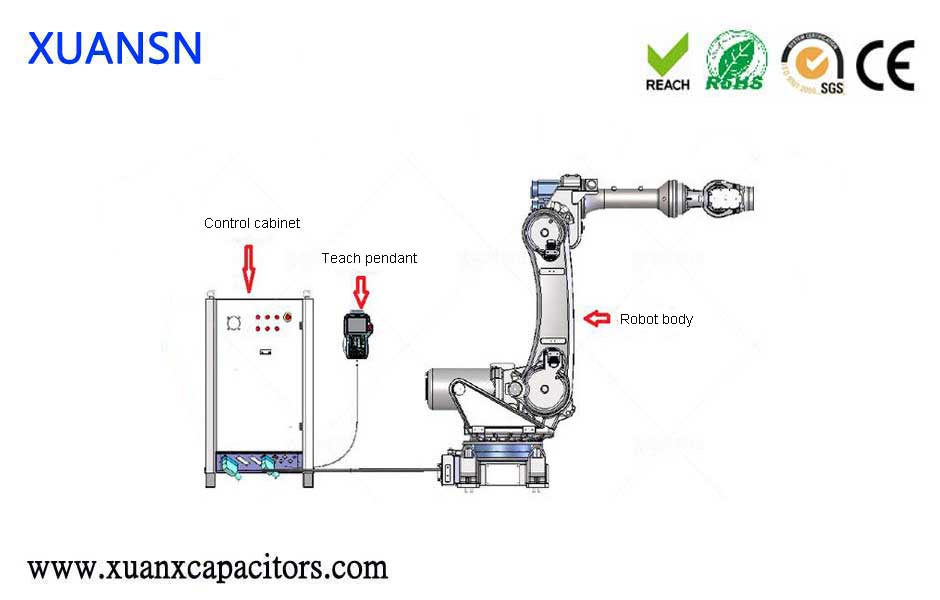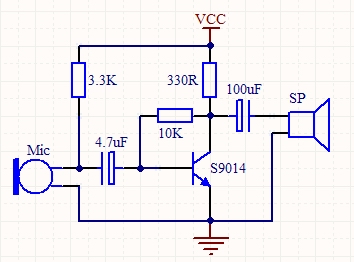What is MPLS
MPLS is a protocol that uses labels to guide the high-speed forwarding of data messages on the IP backbone network. It was proposed by the IETF (Internet Engineering Task Force, Internet Engineering Service Group). Compared with the traditional IP routing method, it provides a new network switching method, which maps the IP address to a short, fixed-length label with only local significance, and replaces the IP lookup table with label switching, thereby significantly improving forwarding efficiency .
In the mid-1990s, with the rapid development of IP networks, the amount of Internet data increased dramatically. Due to the limitations of the hardware technology at that time, the IP technology based on the longest matching algorithm must use software methods to find routes, and the forwarding performance was low. Therefore, the forwarding performance of IP became the bottleneck restricting the development of the network at that time. In this context, the IETF proposed the MPLS protocol. Its original purpose is to improve the forwarding rate of routing equipment in the IP network.
Compared with the traditional IP routing method, MPLS improves the forwarding rate in the following two ways:
The search for a huge IP routing table is transformed into a concise label switching, which significantly reduces the time for guiding message forwarding.
When a packet enters the MPLS area, it only needs to parse the IP packet header and encapsulate or decapsulate the label at the ingress and egress nodes located at the edge, and there is no need to parse the IP packet header on all nodes in the middle, and only perform label switching. This further saves the processing time of forwarding messages.
MPLS label forwarding is essentially a tunneling technology. It also supports encapsulation of multi-layer labels, and MPLS is naturally compatible with a variety of network layer and link layer protocols. Therefore, MPLS is very suitable for acting as a public network tunnel in various VPN services. In addition, because MPLS packet forwarding relies on a fixed label switching path, MPLS is a connection-oriented forwarding technology, which makes MPLS also widely used in the fields of Traffic Engineering (TE) and QoS.
What is MPLS network like
It mainly contains the following elements:
The network device that supports MPLS function is called LSR (Label Switching Router), which is the basic unit of MPLS network. The network area formed by a series of consecutive LSRs is called the MPLS domain.
The LSR in the MPLS domain is called the CoreLSR. If the neighboring nodes of an LSR are all running MPLS, the LSR is the Core LSR.
The LSR located at the edge of the MPLS domain and connected to other networks is called LER (Label Edge Router). If an LSR has one or more adjacent nodes that do not run MPLS, then the LSR is LER.
In an MPLS network, an LSP can be established between any two LERs to forward packets entering the MPLS domain, and there can be several Core LSRs in the middle. Therefore, the Ingress and Egress of an LSP are both LERs, and Transit is the Core LSR.
What is the value of MPLS
It has been widely used in the current IP network, and its main value is reflected in the following aspects:
MPLS is fully compatible with IP networks, which is equivalent to improving on the basis of IP networks, with low construction cost and easy promotion.
Its control plane and forwarding plane are separated. The control plane relies on IP routing to establish LSPs. MPLS can borrow the various flexibility and reliability mechanisms of IP routing; the forwarding plane transmits packets through LSPs, which is connection-oriented. , It can effectively implement traffic engineering and QoS.
MPLS is a technology that has nothing to do with the link layer protocol. It supports protocols such as frame relay, ATM, PPP, and SDH at the same time, ensuring the intercommunication of multiple networks with very good compatibility.
The MPLS network supports a hierarchical topology and is suitable for deployment in an IP backbone network.
The MPLS label stack can theoretically support unlimited nesting of labels, which fits the VPN service’s requirements for multi-layer encapsulation of public and private network labels. Therefore, it provides strong support for the vigorous development of VPN services.




